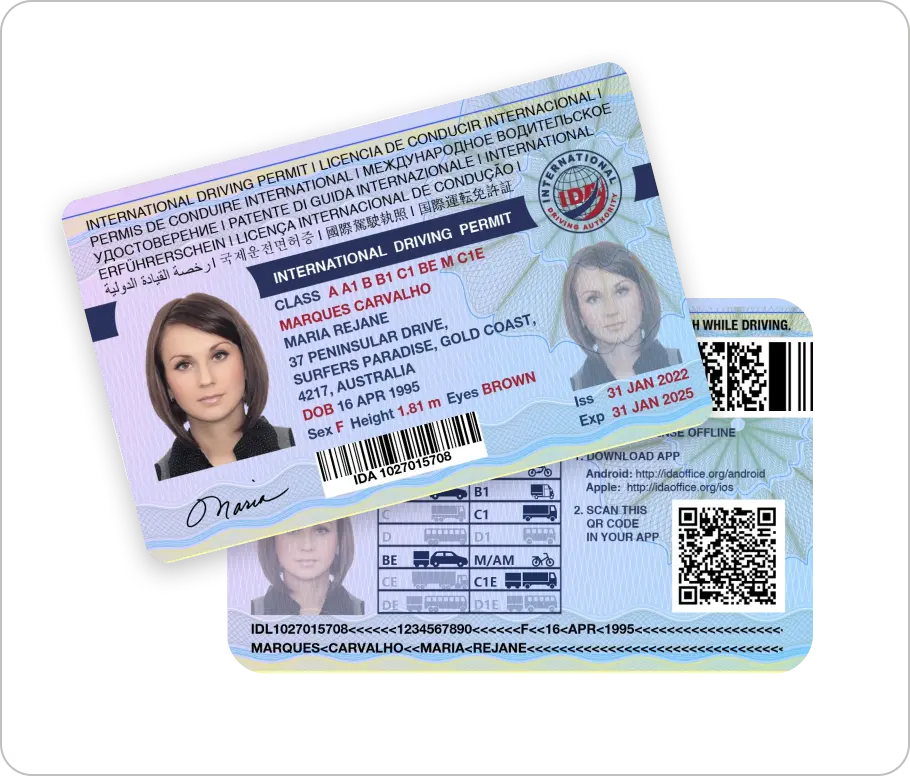Introduction
In today's digital age, innovation plays an essential function in the management of different aspects of our lives. One location where technology has revealed remarkable potential is in the management of Internally Displaced Persons (IDPs). The predicament of IDPs typically occurs from conflict, natural catastrophes, or systemic discrimination, resulting in significant challenges in offering them with necessary support. This post explores how innovative innovations can help deal with these challenges, simplify procedures, and improve the total management of IDPs.
Utilizing Innovation To Manage IDPs
The management of IDPs requires robust frameworks that can adjust to their evolving needs. Making use https://jsbin.com/gaditozoyu of technology to handle IDPs enables companies and federal governments to react more effectively by leveraging data analytics, mobile applications, and blockchain technology. Through these tools, stakeholders can offer much better services, track displacement patterns, and boost communication with afflicted populations.
1. Understanding the Idea of IDPs
Internally Displaced Individuals (IDPs) refer to individuals who have been forced to flee their homes but remain within their nation's borders. Unlike refugees who cross worldwide boundaries, IDPs face special challenges connected to legal securities and access to support. Understanding these dynamics is vital for reliable management.
1.1 The Reasons for Internal Displacement
Internal displacement can stem from various elements:
- Armed Conflict: Ongoing wars or civil discontent lead lots of people to leave their homes. Natural Disasters: Earthquakes, floods, and other disasters force communities to evacuate. Development Jobs: Infrastructure projects may displace populations without sufficient compensation or resettlement plans.
1.2 The Impact of Internal Displacement on Communities
The results on displaced individuals are extensive:
- Loss of Livelihoods: Lots of lose their tasks and ways of support. Psychological Trauma: The experience of displacement can result in mental health issues. Social Fragmentation: Neighborhoods might become fragmented as households are separated.
2. Existing Challenges in Handling IDPs
Managing IDP populations provides numerous obstacles for governments and humanitarian organizations:
2.1 Lack of Precise Data
Without precise data about the number and area of IDPs, it becomes hard to designate resources effectively.
2.2 Inadequate Communication Channels
Many displaced people do not have access to trustworthy info concerning offered assistance services or safe areas.
2.3 Coordination Among Stakeholders
Multiple organizations often work separately; coordination is important for effective response efforts.
3. Function of Innovation in Addressing Challenges
Technology uses options that can help get rid of these hurdles:
3.1 Information Analytics for Better Decision-Making
By using data analytics platforms, companies can analyze trends in displacement patterns, helping them make informed decisions about resource allocation.
3.2 Mobile Applications for Real-Time Details Sharing
Mobile apps can facilitate interaction between displaced persons and help companies-- offering updates on readily available resources or safe locations.
3.3 Blockchain Technology for Transparency
Blockchain technology fosters transparency by safely tape-recording transactions related to assist circulation-- guaranteeing that resources reach those who require them most.
4. Case Research Studies Demonstrating Reliable Usage of Technology
Several efforts around the world display how technology has effectively handled IDP crises:
4.1 The United Nations' Use of Geographic Information Systems (GIS)
The UN utilizes GIS technology to map displacement patterns accurately; this aids in preparing interventions efficiently.
4.2 The Function of Social Media Platforms in Crisis Communication
Social media has actually proven vital for real-time updates during crises-- assisting firms communicate rapidly with afflicted populations.
5. Methods for Implementing Innovation Solutions
To successfully apply technology in managing IDP scenarios:
5.1 Engaging Resident Communities
Local communities should be associated with establishing tech solutions; they understand their needs best.
5.2 Guaranteeing Accessibility
Ensuring that technological solutions are accessible to all sections of the population is vital-- think about language barriers and literacy levels.
6. Future Patterns in Technological Solutions for Managing IDPs
As we look ahead:
6.1 Artificial Intelligence (AI) Enhancements
AI might further enhance predictive analytics concerning displacement patterns-- helping organizations anticipate crises before they escalate.
6.2 Increased Collaboration Throughout Borders
Global collaboration might result in shared databases and resources that improve responses throughout regions experiencing similar challenges.
7. Conclusion: A Call for Ingenious Approaches
The management of Internally Displaced Individuals requires a multi-faceted method integrating sophisticated technological services customized specifically for their requirements-- making it imperative for federal governments and organizations alike to invest time and resources into these innovations.
FAQs
Q1: What must I do if I am an internally displaced person? A1: Look for help from local NGOs or federal government firms dedicated to helping displaced people discover shelter and resources.
Q2: How does innovation enhance interaction among help agencies? A2: Innovation improves info sharing through platforms that enable real-time updates regarding available services or modifications in conditions impacting IDPs.
Q3: Can I get a worldwide driver's license online while being displaced? A3: Yes! Many nations offer online services where you can make an application for a worldwide chauffeur's license even if you're presently displaced; simply inspect your local regulations!
Q4: What are some examples of mobile apps created for IDP assistance? A4: Apps like "Refugee Buddy" deal details on available services while "Disaster Emergency" offers notifies during crises affecting your area!
Q5: How does blockchain guarantee openness in help distribution? A5: Blockchain records transactions securely so that every aid circulation is traceable; this minimizes corruption risks guaranteeing resources reach those who need them!
Q6: Exist particular technologies being established for usage in Spain relating to internal displacement? A6: Yes! Various local NGOs are collaborating with tech companies to develop applications focused on aiding internally displaced people particularly within Spain's special context.

In conclusion, using innovation provides unmatched chances when handling Internally Displaced Individuals successfully-- it's not simply about reacting faster but customizing solutions that appreciate human dignity while addressing intricate logistical challenges head-on!